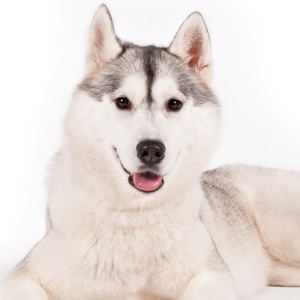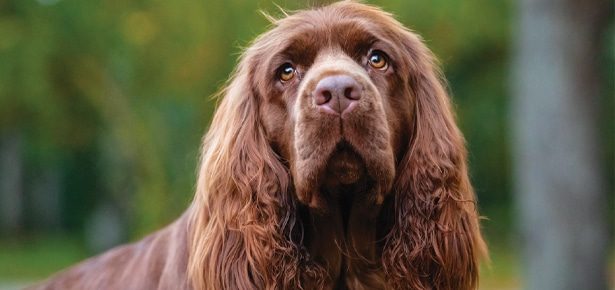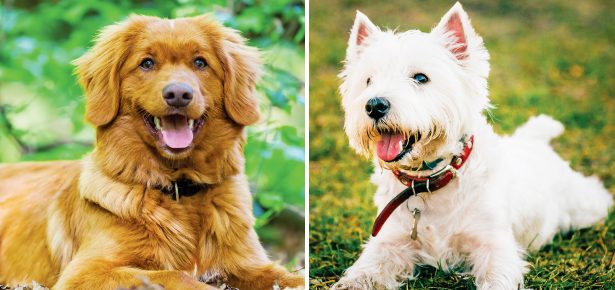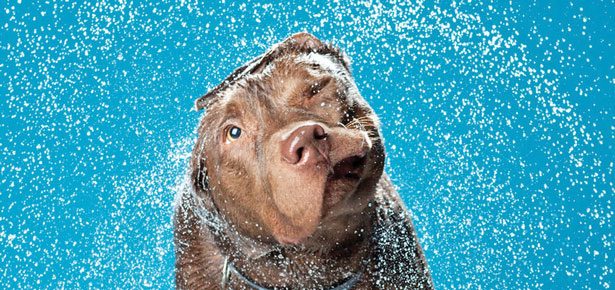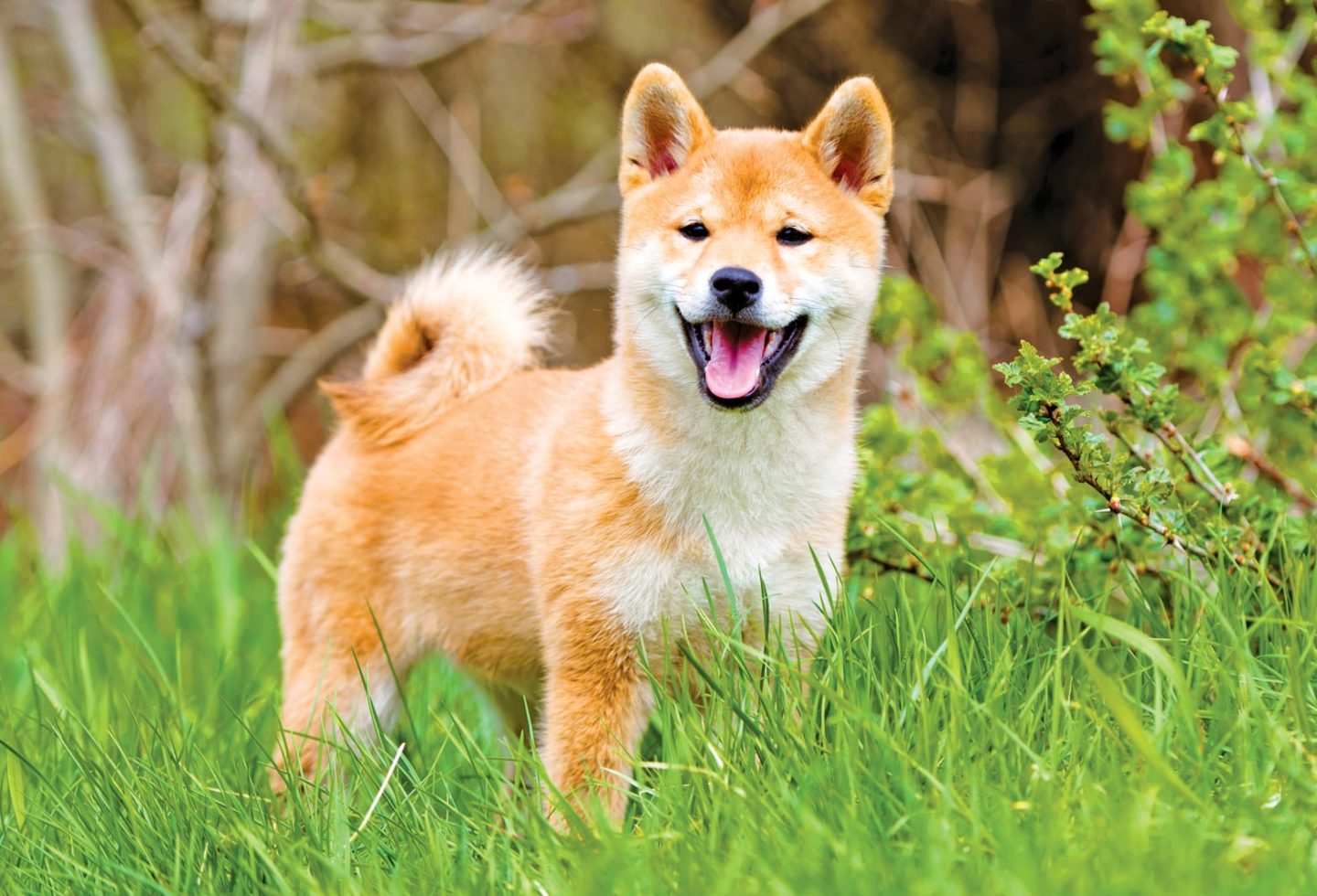

The Shiba Inu
The foxy dog with plenty of moxie

Compact and cute, with a fluffy curled tail, squinty eyes, and a fox-like appearance, the Shiba Inu is one of Japan’s national treasures—and with good reason.
The Shiba Inu is an ancient breed whose origins may date back as far as 7000 BC. “Modern” breeds have been so mixed that their deep genetic history is obscured, but the Shiba—along with 12 other breeds, including the Basenji, Shar-pei, Saluki, Akita, Finnish Spitz, and Eurasier—has been recognized as one of 13 basal or root breeds, meaning that their DNA is less mixed. Written records don’t exist to tell us the full story, but we do know that the Shiba has been developing and enduring for thousands of years.
By the 7th century AD, the Shiba was still evolving into the dog we know today. Japan was so forward-thinking that a dog-keeper’s office was established in this ancient era. Native breeds were registered to preserve Japanese culture, and, from these records, we know that the Shiba Inu was a hunting dog, used mainly in remote, mountainous regions to locate, flush, and drive small game back to hunters.
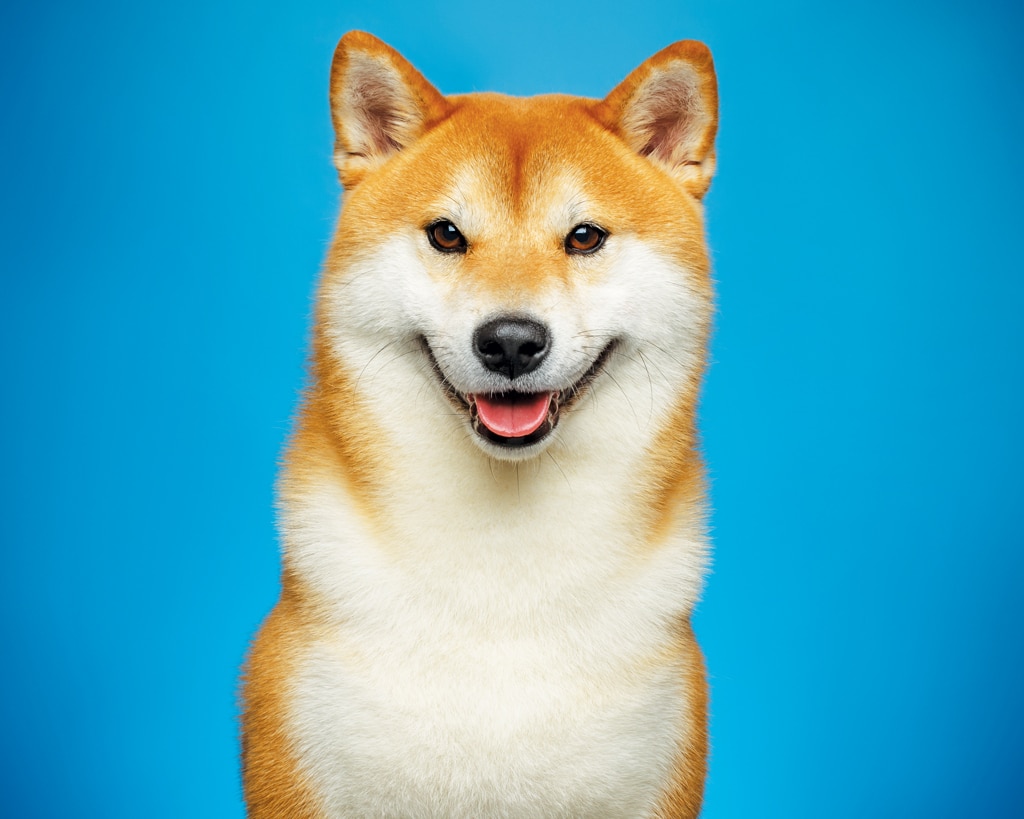
Seregraff/Bigstock
For many centuries, Japanese breeds were not individually named, but were simply categorized by size and coat colour, and the Shiba was known as the smallest breed. Over time, six distinct native breeds developed, including the small but mighty Shiba Inu.
Healthy and hearty, the breed flourished for centuries—right up until World War II, an era that almost led to the Shiba’s extinction.
Countless dogs perished in those years. Many were victims of bombings; others died from the after-effects of war: starvation and disease. Precious few Shibas remained by the end of the war, and the breed’s future was dire. In a concerted effort to revive the breed, Shibas were sought and found in remote regions of Japan, where they had escaped the ravages of war. Those dogs were bred with other survivors, and the Shiba began to thrive again. The Japanese Kennel Club was founded in 1948.
While an extremely popular breed in Japan, he’s a relative newcomer to North America. The first Shiba was imported into the United States in 1954. Little other documentation exists pertaining to North American breed development up until roughly 1979, when the first US-born litter was documented. The Shiba Inu was recognized by the American Kennel Club (AKC) in 1992.
Most Popular Dogs in the US
According to the most recent AKC registration statistics (2022)
[1] French Bulldog
[2] Labrador Retriever
[3] Golden Retriever
[4] German Shepherd
[5] Poodle
[6] Bulldog
[7] Rottweiler
[8] Beagle
[9] Dachshund
[10] German Shorthaired Pointer
[43] Shiba Inu
The AKC accepts the breed in red, red sesame, and black-and-tan coat colours. That glorious double coat of his is nothing short of a show-stopper. The outer coat is stiff and straight, while his undercoat is soft and thick. Weights range from 18-24 pounds for males and 15-20 pounds females.
So, good looks aside… what’s he like?
The Shiba Inu is independent, headstrong, and highly intelligent. Yes, this is an oh-so-clever dog… if only he were motivated to obey his guardians! But, he isn’t. The Shiba is not a biddable breed and is often described as rather cat-like in nature.
Because this breed’s personality can be as fiery as that red coat, socialization and obedience training are a must. The breed does have a reputation for a tendency toward aggression—to other dogs, over food, etc., so lots of early and ongoing socialization are advised. Positive-reinforcement training is the correct approach, because you cannot force a Shiba to do your bidding. Then again, why would you want to, when his independence is such a large part of what makes him so very special! Only work with a trainer who understands this breed and can help you help your dog using positive and creative strategies.
Profile: The Shiba Inu
Size: Small
The AKC accepts male Shiba Inus from 14 1/2 to 16 1/2 inches at the withers; females 13 1/2 to 15 1/2 inches. The desired weight is 23 pounds for males and 17 for females.
Activity Level: 4/5
Shibas needs lots of physical and mental stimulation. Daily walks and play time are a minimum. Consider trying out some sporting activities, too.
Grooming: 1/5
Basic maintenance will keep his coat looking beautiful. A weekly brushing and the occasional bath will suffice.
Heritage: Waterfowl Retrievers
This ancient Japanese breed was originally used for hunting small game in mountain regions.
For more information on Shiba Inu rescue in the U.S., visit shibas.org. In Canada, visit shibainu.rescueme.org/ca.
Basic training aside, what can you do with your Shiba? Since he’s clever, agile, and quick-footed, in some ways he’s a natural for many sporting activities. Whether he’ll want to engage in those activities is another question. Obedience, agility, tracking, flyball… you can try it all with your Shiba. If he takes to the sport, odds are he’ll excel at it.

Seregraff/Bigstock
This is a high-energy breed—compact, densely-muscled, and agile. Daily walks and play-time are a must, as is a fenced-in yard. The breed has strong hunting instincts and generally wants to be on the move. Keep him on-leash during walks and within safe boundaries if roaming freely.
There are various theories about the name of this breed. The word “Shiba” means brushwood in Japanese, and some speculate that the breed was named after the intense red colour of brushwood leaves as they turn in the fall. Others interpret the name as a reference to the fact that these dogs hunted in the brushwood. Either way, the Shiba Inu it is.
While generally a healthy breed, the Shiba Inu can be prone to some health issues. If you’re buying a puppy, always do your research and work with a responsible breeder who can provide health clearances on their dogs, and who is committed to the well-being and good temperament of their puppies.
Looking for a simple, biddable fur-child? The Shiba isn’t for you. This breed is feisty, foxy, and full of energy. In short, the Shiba is a handful and can be a challenge. Sharing your home with a Shiba Inu isn’t just a choice, it’s a way of life. Headstrong, independent, and more than a little quirky… the Shiba Inu is a wild and spirited breed, and we wouldn’t want it any other way.
If you like the Shiba Inu, you might consider the:
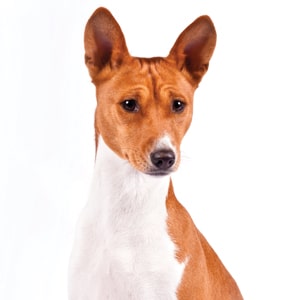
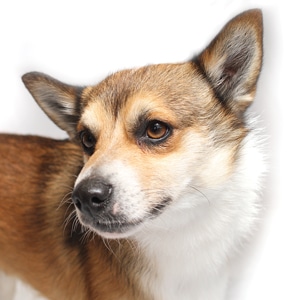
Basenji Siberian Husky Norwegian Lundehund
» Read Your Breed For more breed profiles, go to moderndogmagazine.com/breeds
Join the newsletter and never miss out on dog content again!
"*" indicates required fields
By clicking the arrow, you agree to our web Terms of Use and Privacy & Cookie Policy. Easy unsubscribe links are provided in every email.
